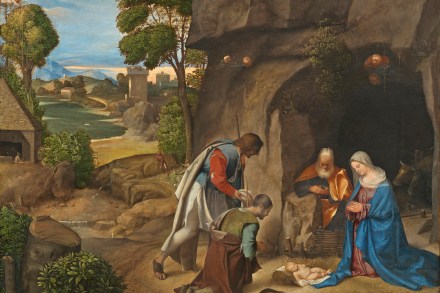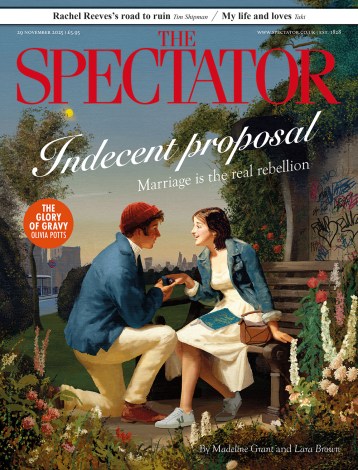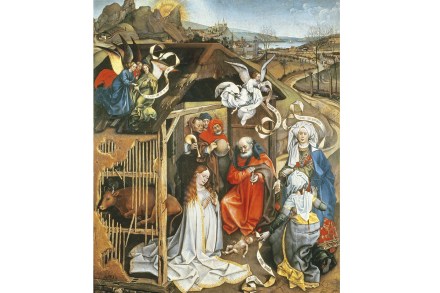This radical Nativity is also one of the great whodunnits of art history
On 25 October 1510 Isabella d’Este, the Marchioness of Mantua, wrote a letter to her agent in Venice inquiring after a certain highly collectable item. ‘We believe that in the effects and the estate of Zorzo da Castelfranco, the painter, there exists a painting of a night scene, very beautiful and unusual.’ She thus set off one of the great whodunnits of art history: a mystery hidden inside an enigma that caused a furious 20th-century quarrel between one of the greatest connoisseurs of Renaissance art and the most powerful dealer of the age — and which has never been definitively solved. It concerns a beautiful picture, now in the National



